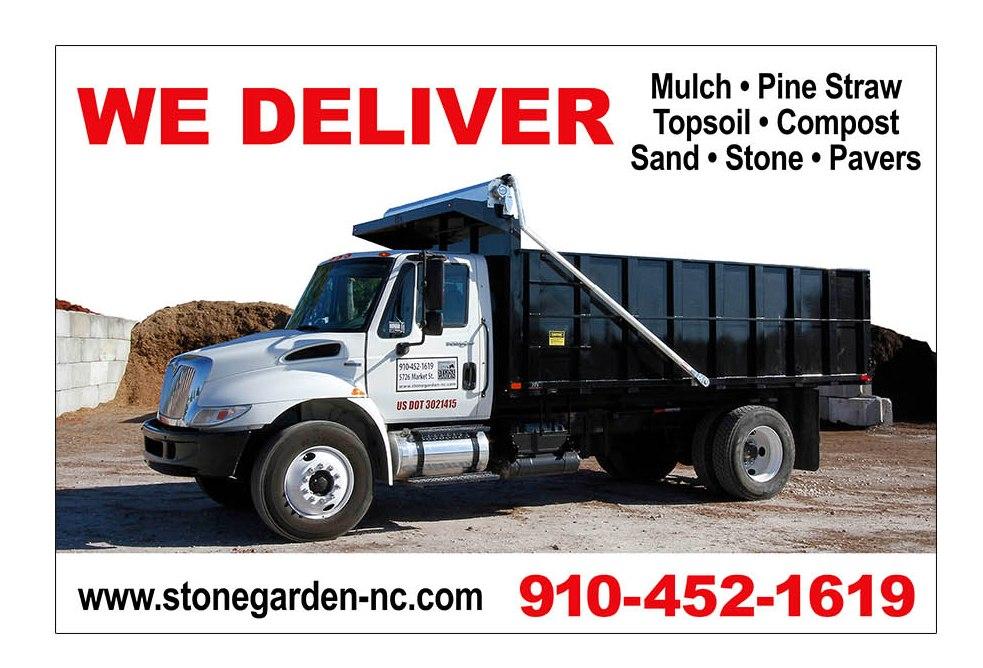Challenging Times 2020
Get Growing
I’ve been searching for small ways to feel some sense of control during this bizarre time. Last night, as I was walked the aisles of empty shelves, I wondered how we’re going to ensure we can feed our families for the long run. The answer came in a dream.
My departed grandmother, born in 1900, who raised 3 young children alone during the depression, called out to me in my sleep.
Don’t despair.
Build your own Victory Garden!
Upon waking, I realized I had the tools at my disposal to help myself and my community regain a sense of empowerment. As people did during WWI and WW2 by building Victory Gardens, we can turn to our own backyards for the answer. The simple tools we need are:
Topsoil
Compost
Seeds & Sprouts
So get inspired. Get out your shovels. No backyard? Plant container gardens. Let’s take advantage of the spring.
Call us at 910-452-1619.
Email us at info@stonegardenstg.wpengine.com.
Text us at 910-859-0303.
We’ll be there in a jiffy.
Need help in the garden? Let us recommend a contractor from our Referral Network. We’re all in this together.
History of Victory Gardens
Victory gardens, also called war gardens or food gardens for defense, were vegetable, fruit, and herb gardens planted at private residences and public parks in the United States , United Kingdom , Canada , Australia and Germany [1] [2] during World War I and World War II . In the war time governments encouraged people to plant victory gardens not only to supplement their rations but also to boost morale. [3] George Washington Carver wrote an agricultural tract and promoted the idea of what he called a “Victory Garden”. [4] They were used along with Rationing Stamps and Cards to reduce pressure on the public food supply. Besides indirectly aiding the war effort , these gardens were also considered a civil ” morale booster” in that gardeners could feel empowered by their contribution of labor and rewarded by the produce grown. This made victory gardens a part of daily life on the home front. (Wikipedia)

Customer, Dan Neece, shows off his vegetable garden. He credits his hard work and our compost with his success last summer.
